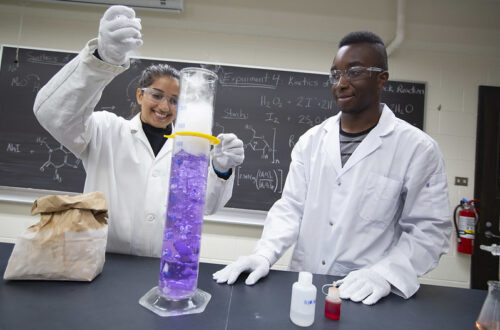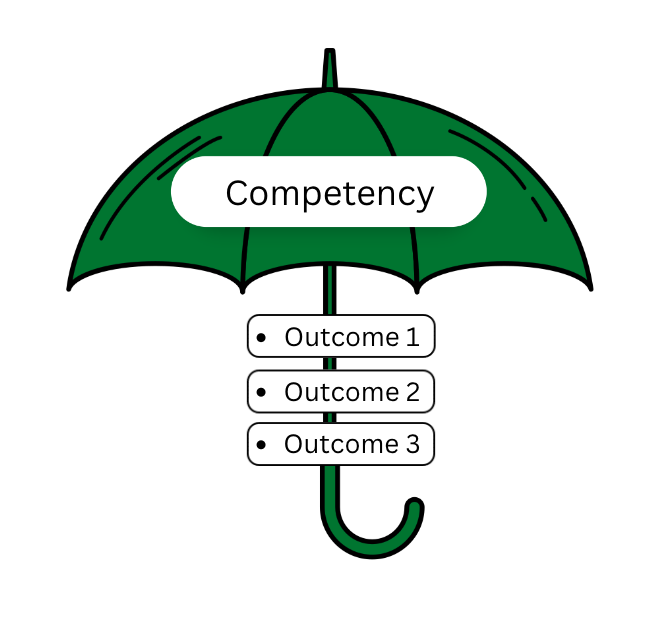Tamarind, Teaching and Undergraduate Research
New teaching strategies—or new-to-you teaching strategies—can be similar to discovering the tamarind fruit. Billions of people over the past 4000 years have been familiar with it, but it wasn’t within my realm of experience due to the limits of my family and social groups. With a problem to solve and Google, set off to find this fruit.
Now the leap to teaching and research…
Research I carried out on the integration of active learning into undergraduate classes, found that faculty integrated new strategies in response to problems they were trying to solve. They “found” a new strategy at a conference, workshop, or through journal articles and then used it to see if this new strategy or approach solved the problem. If it made a difference, the method was embedded in the course and if it didn’t make a difference it was dropped. Instructors used informal cycles of action research and reflective practice to renovate their teaching practices.
So here’s the thing…whether we recognize it or not we are doing “research” all the time in response to the problems we want to solve or to satisfy our curiosity. Research is learning, and learning is changing how we interact with the world. (You may have recognized this as a subtle plug for undergraduate research if you are a member of the pilot group 😉
The teaching problem: You might want to have students more engaged in their own learning because you know they learn better if they are engaged. You heard about cooperative learning being one of the most engaging teaching strategies. You find out how to implement cooperative learning and you give it a try. If you see students more engaged, you will use it again. If not, well, it was worth a try. Think tamarind fruit and be curious. And remember that just because a teaching strategy might be new to you, there are others who are very familiar with it because they have grown up in a culture where it is common practice. They can help you integrate a new strategy into your class. A good number of people who know about a variety of effective teaching strategies happen to be in the Gwenna Moss Centre. Give us a call if you are interested in more information about a wide variety of teaching approaches—including cooperative learning and undergraduate research


